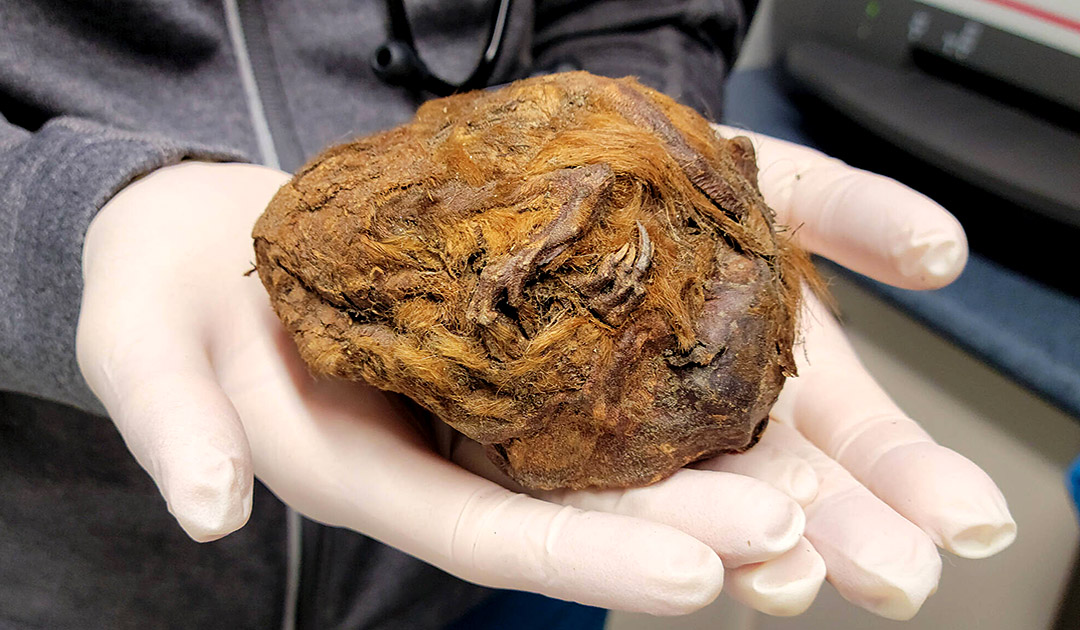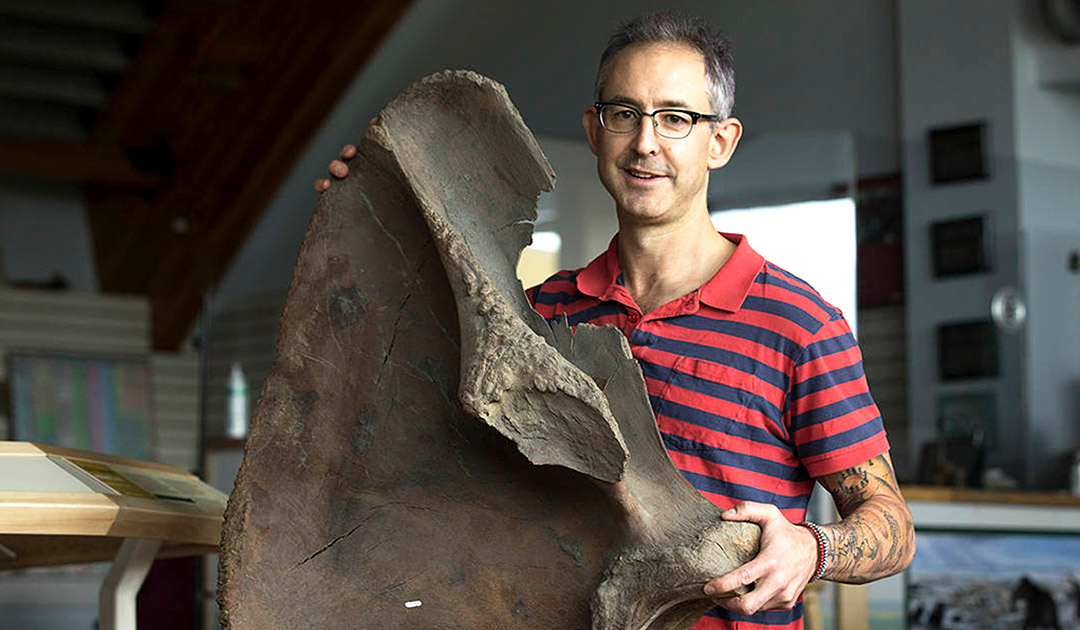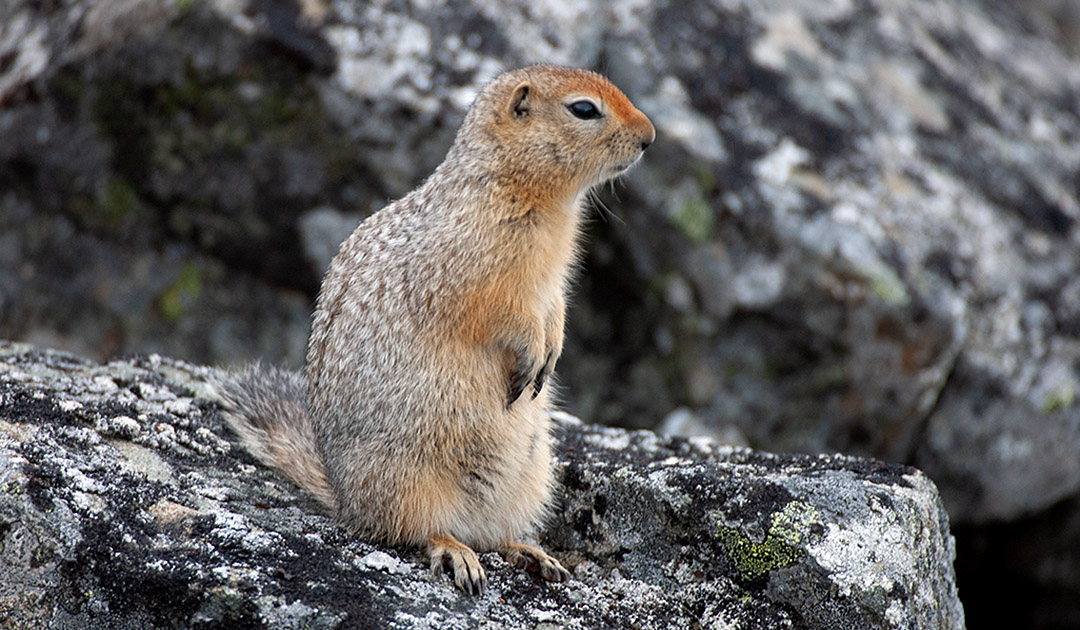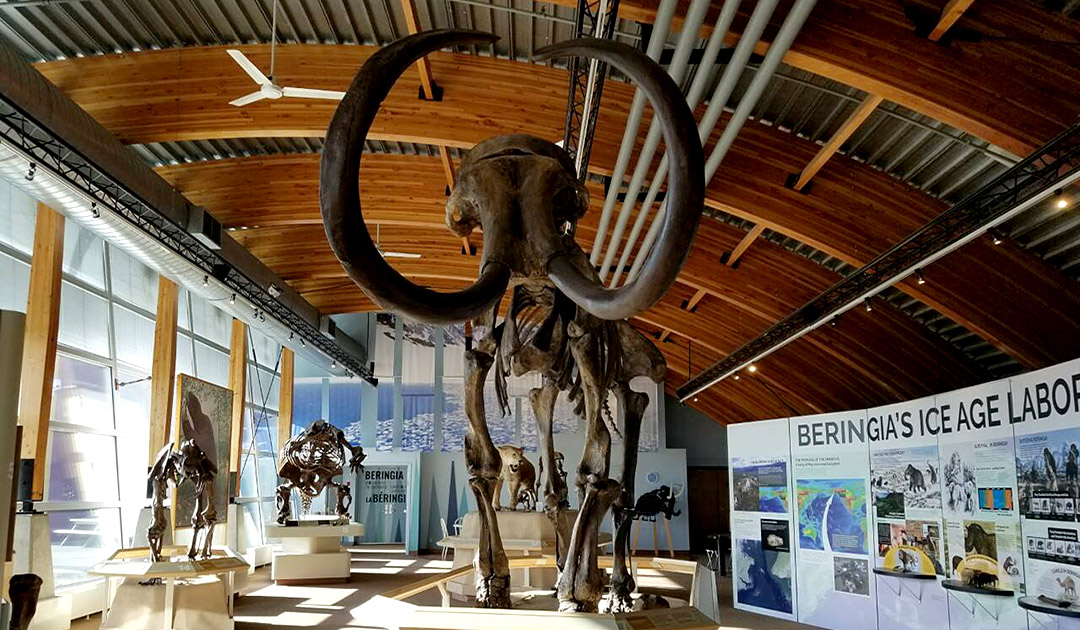
Canada’s Yukon paleontologists have unveiled an unusual find from the Goldfields: a mummified Arctic ground squirrel from the Ice Age.
When a prospector was digging in Hester Creek in the Klondike goldfields near Dawson City in 2018, she found a structure resembling a ‘ball of wool’ but wasn’t quite sure what it was. The find later turned out to be an Arctic ground squirrel. Permafrost has mummified the ground squirrel and preserved it for tens of thousands of years.

Diana Phillips, the finder of the sablefish, called the Yukon Beringia Interpretive Centre and sent photos of what she found. Researchers and scientists at the center confirmed that it is a specimen of a 30,000-year-old Arctic ground squirrel that existed in the Yukon during the Ice Age.
“It’s pretty interesting because it was mummified and had the round shape of a ball with skin and hair, tiny hands and tail,” said Yukon paleontologist Grant Zazula. “If you just look at the photo of what it is, it looks like a frozen ball of skin and hair, but on the X-ray you see the skeleton of a small Arctic ground squirrel curled up in a fetal and sprawling position that shows it must have died in hibernation.”

Grant Zazula is a renowned expert on Ice Age animals who has excavated and studied bones and fossils throughout the Yukon. He has been studying Arctic ground squirrels for years.
“This was very clearly an Arctic ground squirrel that froze to death at the end of the Ice Age about 30,000 years ago,” he said. “We think it’s a pretty cool specimen that will find a place in the exhibit.”
Arctic ground squirrels survive long winters by hibernating for up to seven or eight months a year. The oldest Arctic ground squirrel remains discovered were found in Alaska and are 1.8 to 2.5 million years old.

30’000-year-old ground squirrel becomes ‘star’ of the exhibition
Grant Zazula said, “The Center is working on an exhibit that will feature the discovered Arctic ground squirrel among other specimens in its collections for visitors to see. To me, this is a really important specimen to display because there will be a lot of new exhibits at the Beringia Center and one of them will feature the Arctic ground squirrel.”
During the planned exhibit, Zazula said, visitors will have the opportunity to see preserved Arctic ground squirrel nests and the various plant species found within them. Visitors also have the opportunity to see mummified Arctic ground squirrel.

Another interesting object is the mummified caribou calf found at Placer Gold Mine on June 3, 2016. The Ice Age caribou was discovered at a site containing a bed of volcanic ash that is approximately 80,000 years old, making it one of the oldest mummified mammalian tissues in the world. It depicts almost the entire front half of the caribou carcass, including torso, head, two front legs with intact skin, muscles, and hair.
Heiner Kubny, PolarJournal
More on the topic





